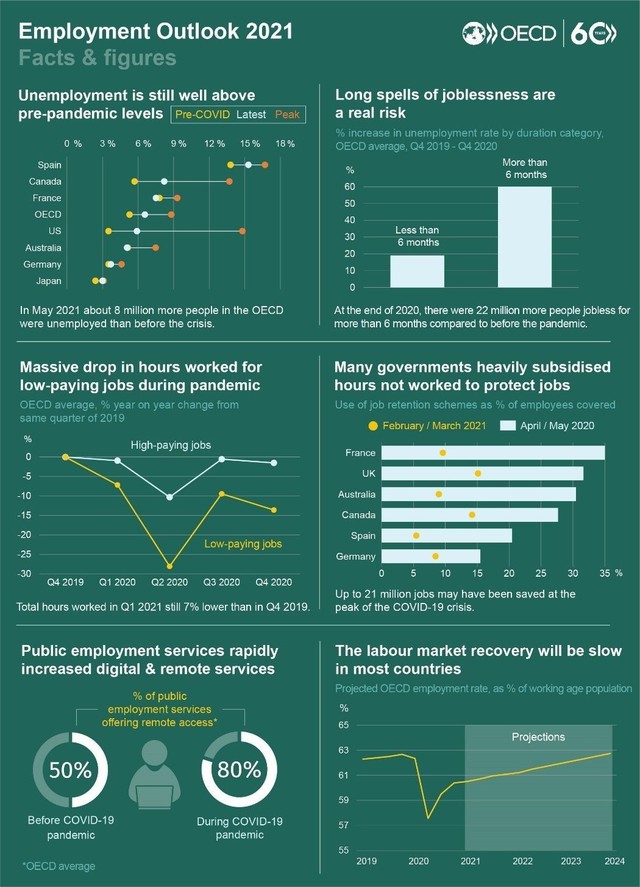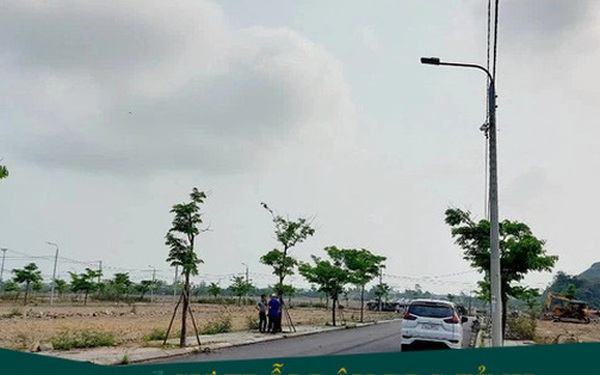Top 6 trends that will emerge in the workplace in 2022
These trends appear in a variety of areas, from talent acquisition, social protection in the workplace to green transformation, leadership accountability…
The current state of global workers leaving their jobs is part of the largest-ever “Re-evaluation”. Companies must re-evaluate their organization and performance, find ways to continue transforming, towards a better future. The Covid pandemic has systematically impacted the labor market, related policies and regulations.
Looking back to 2021, we can see that leaders and organizations have to constantly make decisions to adapt to the prolonged Covid-19 pandemic. They have struggled with extremely difficult issues related to their workplace, corporate culture and employees. Clearly they need to invest a lot in skills to address the talent shortage, improve employee retention, especially when dealing with the biggest Re-evaluation in history.
Despite all the upheavals and challenges, the determination of my colleagues at Adecco Group is truly admirable and I would like to sincerely thank them for that.
I believe that next year, economic recovery, flexible working, green transformation, sustainable and inclusive business model, digital transformation, etc. will be the leading trends.
1. Scarcity of talents
Entering 2022, talent scarcity is one of the important lenses through which we will see the entire world of work.
There are many reasons for this situation. Some of them have been around for a long time, such as the shift towards automation and digitization, green transition, poor working conditions, promotion of higher education instead of vocational training. …
But several events in the past 24 months have also made matters worse: many countries close their borders to the movement of talent; many places for workers to retire early or leave them in commensurate quality positions. And finally the virus. They have had a direct impact on the workforce, affecting people’s health, spirit and ability to return to the workplace.
The supply chain crisis and talent shortage will also impact economic growth prospects in the coming year. The recovery is still global, but its pace has slowed and is increasingly unbalanced. The OECD report predicts that global economic growth will recover to 5.6% in 2021 and 4.5% in 2022, before returning to 3.2% in 2023. Most of the world need to quickly invest in re-skilling and upskilling efforts if they are to avoid rising unemployment in the long run.

Facts and numbers behind the state of employment in 2021 (Source: OECD)
2. Green Conversion
The Green transition has already taken place and economies around the world will be impacted and shifted to a more sustainable future. In 2021 there has been some conversation around green skills, but it has not been comprehensive about how to make that transition happen in a beneficial way.
By 2022, we need to better combine social and environmental issues and treat them as two separate important pillars. It’s time to take a people-centred approach to climate change mitigation and adaptation, prioritizing investments in people to ensure that the coming green transition is a fair one. .
The first step that employers should take is to come up with a cohesive talent strategy. That starts with assessing the skills your organization will need in the next two to five years. For example, the Adecco Group is helping key players in the automotive industry upskill and retrain workers from mechanics experts to software engineers to better prepare organizations in the electric revolution.
3. Digital transformation and hybrid work arrangements will continue to transform companies
There are two key factors for successful digital transformation. The first is the transformation of industries and companies, its influence on skills (e.g. manufacturing, manufacturing, etc.). The second is the impact of digitization on an organization’s culture (e.g. digital recruiting, telecommuting, leadership).
All industries will become “smart industries” and digital transformation is affecting all companies to an equal extent. Wanting to go digital is one thing, but implementing those changes is quite another. Not only does it require you to build the right tools, technology, and infrastructure to facilitate the transformation, but it also requires skilled, qualified human resources to manage it. and work with them. Officials and potential partners will play an important role in organizations, helping to redefine the skills needed in the future. Many studies show that 68% of HR leaders today do not have a strategy for the future of work. But the workers are very interested in it. One of our research shows that 66% of workers believe they need to gain new skills to do a better job in the coming years, and only 37% of non-managers feel their company are investing in their skills and career growth.
Changing the way we work has been, is and will continue to be a challenge for many leaders. And having the right policies in place to support a more agile work transition, and in the long run, it boosts productivity, promotes work-life balance, opens up potential labor sources, helping to solve the problem of talent shortage. Most importantly, leaders must embrace digital transformation and shift to agile working models for maximum efficiency.
4. Difficulty in retaining talent will continue to spread around the world
The relationship between companies and their employees is going through a huge change. In the past year, employees have taken time to think, find out what is really important in their life and work. And that makes the rate of workers leaving their jobs in some countries (typically the US) continuously increasing and reaching record numbers. For the first time in years, employees can have the upper hand.
Before the pandemic, we also faced the problem of talent shortage due to an aging workforce, mismatched skills and many other factors. And after the pandemic, the problem of talent scarcity becomes even more profound, as I mentioned above.
But this trend is just beginning. It will be even more evolved and more serious than the signing bonuses or other perks in the workplace. The bond between workers and their leaders gradually weakens and disappears; Many employees feel bored with their work and no longer believe in the future development orientations and prospects that the company offers. This trend has become much more pronounced in the United States, where four million Americans quit their jobs within a month. That number remained unusually high for the next several months.
2022 will be the year when employees can show their power in the workplace. Companies will have to prioritize career development for workers through upskilling, retraining, enabling flexible work schedules and hybrid working models. Likewise, healthcare and welfare will be central issues in the world of work, as workers demand more benefits and work-life balance. This trend is increasingly extending from the US to other countries.
5. Equality and social protection
In the context of the current pandemic, inclusion, equity and equality will become central issues for many people. Every worker’s situation is different, and as leaders, we need to allocate resources and opportunities in a specific way, resulting in an equal outcome.
Equality simply means that everyone is provided with the same resources and opportunities, but regardless of where they come from, their needs, or other aspects of life.
Think about the plight of women in the workplace. It is clear that the pandemic has had an unfair effect on them. After decades of bitter fighting for equal rights, the results seem to have been canceled as women are forced to leave work to take care of the family. ILO data shows that women are much less likely to regain their jobs during Covid-19 recovery than men.
In particular, the issue of social protection for workers is equally important, but unfortunately not all workers have equal access to such protection. We need to improve access, especially for informal workers, as well as freelancers.
6. Leadership transparency and accountability
Driven by new legislation, investor unions, workforce,… Transparency and accountability will become paramount for leaders and companies. Future. Corporate empathy is also a key factor in this new era. The way leaders understand their workforce and show compassion for their workers makes a very different world.
2022 will be the year of accountability. All countries and companies will be judged on how they adhere to thought leadership and public engagement, especially after Black Lives Matter, COP26, and other major changes in public opinion.
It is not acceptable for companies to make empty promises and ignore actions. A survey found that 36% of HR leaders say they have difficulty holding business leaders accountable for D&I results.
at Blogtuan.info – Source: cafebiz.vn – Read the original article here



